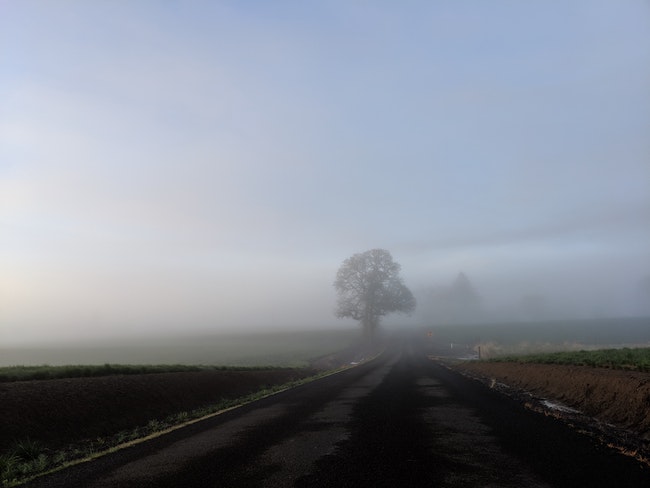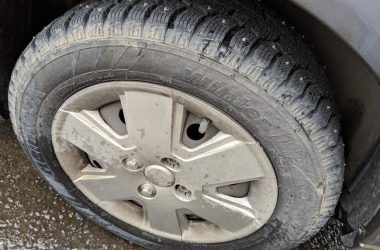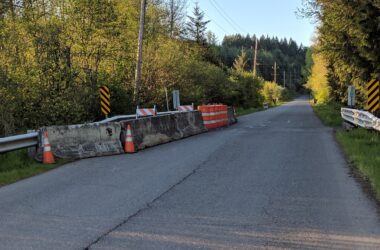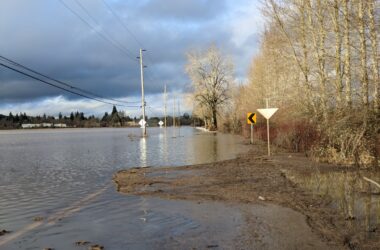 A foggy morning near Roy on April 15. Photo: Chas Hundley
A foggy morning near Roy on April 15. Photo: Chas Hundley
WASHINGTON COUNTY – It’s the time of year when fog becomes a likely part of Tualatin Valley drivers’ daily commute, and it seems to occur with regular frequency this year.
[Not a subscriber? Get your local news online for the next three months for just $3/month with a monthly subscription! Click here to start]
That provides an opportunity to review tips for driving in foggy conditions. But first, a quick overview:
What creates fog?
In the Gales Creek region, the typical type of fog residents experience is called radiational fog, but most people just say ground fog.
Fog forms when air near the ground cools to near the dew point, causing water from recent rainfall to evaporate and form tiny ice crystals.
The Tualatin Valley typically experiences about five fog events per month from October – February, and since fog tends to form at sunrise and sunset, right when many people are commuting to and from work, it is a safety hazard that can turn deadly.
Driving Safely in Fog
It’s become difficult for many drivers to see in foggy conditions, and using high beams only exacerbates the problem. That’s because the ice crystals in the fog reflect the light back to drivers’ eyes. Drive only with your low beams to cut down the glare.
Also, bicyclists and pedestrians wearing dark clothing will be difficult to see in foggy weather. Be alert and drive slowly, making sure to use the lines on the roadway — not the lights of the car in front of you — to help you identify that you’re traveling in the proper lane.
Stay well behind the vehicle in front of you. Decreased visibility means decreased braking times, and rear-end accidents are quite common in foggy conditions, National Transportation Safety data shows.
Banks Fire District spokesman Mitch Ward said drivers should slow down to allow plenty of time to react to what’s happening on the road ahead.
“In extremely dense fog where visibility is zero turn on your emergency flashers and slowly pull off the road into a parking lot or rest area that’s a safe distance from the roadway. And avoid stepping into the right of way (when exiting the vehicle).”
The National Weather Service also recommends paying close attention to your sense of hearing. Sounds may alert you to dangers you may not see in the fog, like an oncoming train, honking horns from nearby cars, or the sound of brakes squealing.
It’s best to turn off your radio or streaming media, keep your eyes on the road, and listen to the sounds around you.






